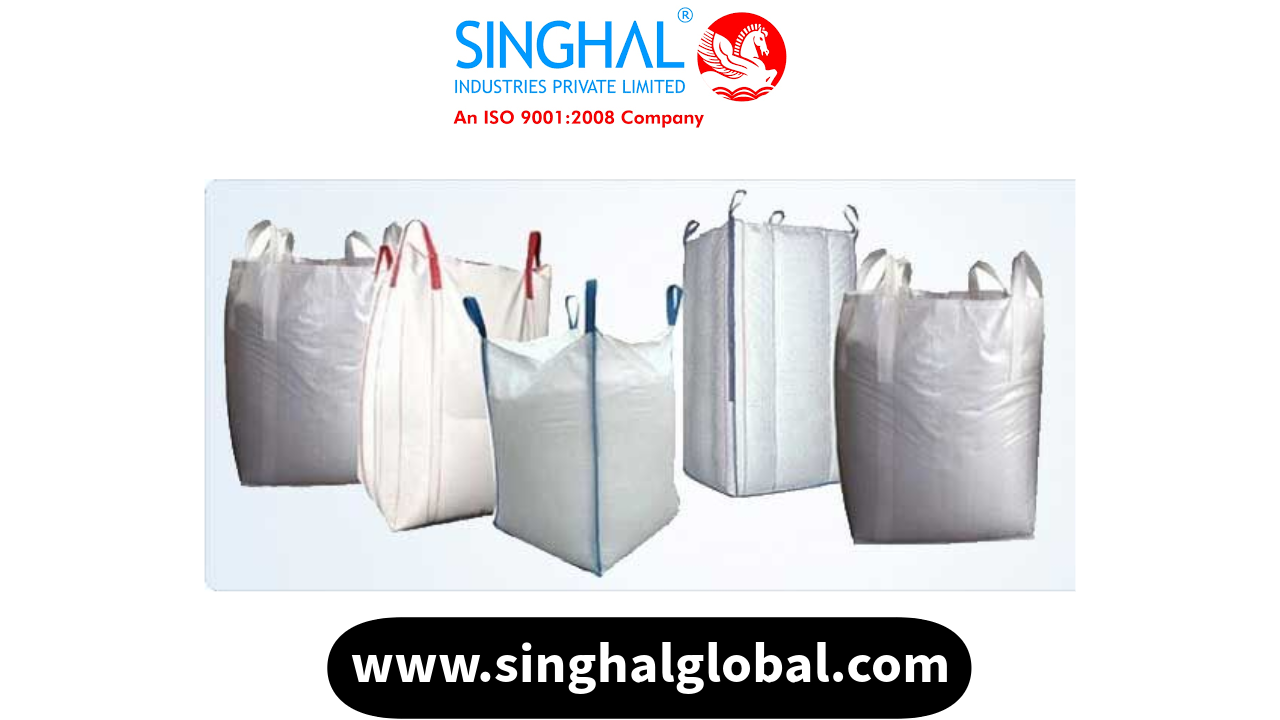Geotextile fabric is a permeable textile material designed for use in soil-related engineering projects. It is primarily used to improve soil stability, provide drainage, and enhance filtration. These fabrics are widely used in civil engineering, road construction, landscaping, and erosion control applications. The primary function of geotextile fabric is to reinforce soil and provide a stable foundation for various infrastructure projects.
How Geotextile Fabric Works?
Geotextile fabric works by separating, filtering, reinforcing, and draining the soil. It prevents the mixing of different soil layers, thereby maintaining the integrity of roads, pavements, and embankments. The filtration property allows water to pass through while retaining soil particles, reducing the risk of erosion. Additionally, geotextiles distribute loads evenly, enhancing the overall stability of structures built on them.
The Actual Use of Geotextile Fabric in Construction
Geotextile fabric plays a crucial role in construction by preventing soil erosion, improving load-bearing capacity, and enhancing water drainage. It is commonly used in roadways, railway tracks, retaining walls, and landfills. The fabric acts as a barrier to prevent soil displacement, ensuring long-term durability and safety of structures. In agriculture, geotextile fabric is used for weed control and soil moisture retention.
Best Quality Geotextile Fabric for Various Applications
Choosing the best quality geotextile fabric depends on its intended use. Woven geotextiles are known for their high tensile strength and are ideal for reinforcement applications. Non-woven geotextiles, on the other hand, provide excellent filtration and drainage properties. The best quality geotextile fabric is durable, resistant to UV rays, and capable of withstanding harsh environmental conditions.
Benefits of Using Geotextile Fabric
One of the key benefits of geotextile fabric is its ability to prevent soil erosion and degradation. It enhances the strength and longevity of structures while reducing maintenance costs. Additionally, it improves water drainage, prevents soil contamination, and increases the efficiency of construction projects. The use of geotextile fabric also contributes to environmental sustainability by reducing the need for excessive excavation and material usage.
Durability and Long-Term Performance
Geotextile fabric is designed to withstand extreme weather conditions and heavy loads. Its durability ensures long-term stability and functionality in construction projects. The material used in geotextile fabric is resistant to chemical reactions, UV exposure, and biological degradation, making it a reliable choice for infrastructure development.
Choosing the Right Geotextile Fabric
When selecting geotextile fabric, factors such as permeability, strength, and resistance to environmental conditions should be considered. The fabric should be chosen based on project requirements, ensuring that it meets the necessary performance standards. Quality testing and certification play a crucial role in determining the effectiveness of geotextile fabric for various applications.
The Role of Geotextile Fabric in Road Construction
In road construction, geotextile fabric is used to improve soil stability, prevent rutting, and enhance drainage. It acts as a reinforcement layer that distributes loads evenly, reducing the risk of road failures. Geotextile fabric also minimizes the movement of aggregates, maintaining the structural integrity of roads and highways.
Applications in Landscaping and Erosion Control
Geotextile fabric is widely used in landscaping to control erosion, promote vegetation growth, and maintain soil structure. It is often installed beneath gravel pathways, retaining walls, and garden beds to prevent soil displacement. The fabric helps retain moisture in the soil, ensuring healthy plant growth and reducing the impact of water runoff.
Geotextile Fabric in Drainage Systems
Effective drainage is essential for preventing water accumulation and soil instability. Geotextile fabric plays a crucial role in drainage systems by allowing water to pass through while filtering out soil particles. This prevents clogging and enhances the efficiency of drainage pipes, French drains, and retaining wall backfills.
The Importance of Geotextile Fabric in Coastal Protection
Coastal areas are highly vulnerable to erosion due to wave action and strong currents. Geotextile fabric is used in coastal protection projects to stabilize shorelines, prevent soil erosion, and reinforce embankments. It provides structural support while allowing water to flow through, reducing the impact of tidal movements on land.
Economic and Environmental Benefits of Geotextile Fabric
The use of geotextile fabric leads to significant cost savings in construction and maintenance. It reduces the need for frequent repairs, enhances soil stability, and minimizes environmental impact. Additionally, geotextile fabric promotes sustainable development by preventing soil degradation and improving land management practices.
Finding geotextile fabric near me for Local Projects
When sourcing geotextile fabric, it is essential to find reliable suppliers who offer high-quality products. Searching for Geotextile fabric near me helps in locating local distributors who provide cost-effective solutions for construction and landscaping needs. Local suppliers ensure timely delivery and availability of geotextile fabric, making it easier for contractors to complete projects efficiently.
Ahmedabad is home to some of the leading Geosynthetics products manufacturers in Ahmedabad, providing a wide range of geotextile fabrics for construction, landscaping, and environmental applications. These manufacturers offer durable and high-performance geotextile solutions that meet industry standards and project requirements.
India has a growing market for geotextile fabric, with several reputed Geotextile fabric manufacturers in India supplying top-quality products for infrastructure development. These manufacturers focus on innovation, sustainability, and performance to meet the demands of construction projects across the country.
Frequently Asked Questions (FAQs)
1. What is the lifespan of geotextile fabric?
The lifespan of geotextile fabric varies depending on the material, environmental conditions, and application. High-quality geotextiles can last over 20 years when used correctly in construction and landscaping projects.
2. Can geotextile fabric be used for weed control?
Yes, geotextile fabric is commonly used for weed control in gardens and agricultural fields. It acts as a barrier that prevents weed growth while allowing water and air to reach the soil.
3. How do I choose the right type of geotextile fabric?
Choosing the right geotextile fabric depends on the specific application. Woven geotextiles are ideal for reinforcement, while non-woven geotextiles are better for filtration and drainage purposes.
4. Is geotextile fabric environmentally friendly?
Yes, geotextile fabric is considered environmentally friendly as it reduces soil erosion, minimizes land degradation, and promotes sustainable construction practices.






Write a comment ...